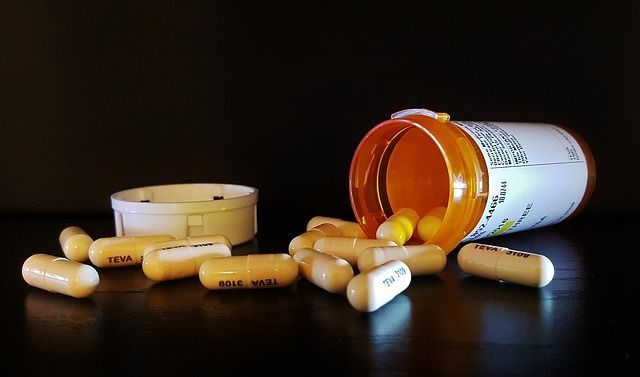At Least 75% Of Patients Who Test Negative For Gonorrhea, Chlamydia Still Get Antibiotics For Symptoms

Gonorrhea and Chlamydia are two sexually transmitted diseases that can be treated with antibiotics either orally or by injection. Obviously treatment should only be administered if tests show patients have one of these diseases or if they have been exposed to them, but new research published in the American Journal of Infection Control found that more than 75 percent of patients treated with these antibiotics actually tested negative for these diseases.
Researchers from St. John Hospital and Medical Center conducted a study of emergency room patients with symptoms of gonorrhea or chlamydia to identify the extent of unnecessary antibiotic use. They looked at the records of more than 1,103 patients who underwent STD testing in the emergency department to see how many STD-negative patients received antibiotics without a confirmed diagnosis.
Of the patients examined, 40 percent received antibiotics for gonorrhea and/or chlamydia. However, 76.6 percent of these patients ultimately tested negative for having the STD. Meanwhile, of the 60 percent who went untreated, only 7 percent tested positive for either or both STDs.
“As a former ER nurse, I knew that antibiotic prescribing for suspected, unconfirmed STD infection was probably pretty high,” Karen Jones, a former ER nurse who led the study, told Medical Daily. “I was surprised to see that the number of patients not testing for true disease was over 75 percent.”
These surprising stats may have less to do with the carelessness of medical staff in the emergency department, although that may play a part, and more to do with time. For example, emergency department patients who exhibit signs and symptoms of STDs usually have their genital cultures collected. However, results from these cultures aren’t immediately available, taking usually 48 to 72 hours for results. During that time, antibiotics may be prescribed without a confirmed diagnosis of an STD, leading to unnecessary antimicrobial use.
More than 50 percent of all people will contract an STD, making it an undoubtedly serious public health concern in the U.S. What’s more, just last year the U.S. Centers for Disease Control and Prevention said that rates of gonorrhea and chlamydia were shooting up — with reported chlamydia cases up 2.8 percent and gonorrhea up 5.1 percent between 2013 and 2014. There were 1.4 million cases of chlamydia in 2014, up 2.8 percent from the previous year, and 350,062 reported cases of chlamydia, up 5.1 percent between the years.
With scary statistics like these, there’s an inclination to cure these STDs before they spread. However, over prescribing antibiotics for these diseases may cause more harm than good.
“Using any type of antibiotic can lead to resistance. Antibiotics should certainly be used when appropriate (as when there is true disease). Resistance to antibiotics will make it more difficult to treat infections in the future,” Jones said. "There is a tricky balance between not furthering antibiotic resistance by over-prescribing, but also still getting people treatment for STDs they might have."
In fact, a strain of drug-resistant gonorrhea surfaced in Leeds. Since March 2015, there have been 16 confirmed cases of “super-gonorrhea,” and now doctors are concerned that this strain of the disease may become untreatable. Azithromycin and ceftriaxone are two drugs used in combination to cure the STD, but super-gonorrhea has developed a resistance to azithromycin, and doctors are worried that it won’t be long until ceftriaxone becomes ineffective at treating it as well. In other words, overprescribing these antibiotics makes it more likely for a STD, or any disease for that matter, to resist powerful drugs that used to be effective against them.
One way to reduce overprescribing is to pay close attention to the symptoms patients present to assess their likelihood of having an STD. For the current study, Jones and her colleagues also looked at how certain symptoms were associated with STD cultures. They found that in male patients, 60.3 percent with penile discharge and 57.5 percent with inflammation of the urethra tested positive for gonorrhea and/or chlamydia. Meanwhile, 25 percent of female patients with inflammation of the cervix and 27 percent for whom cervical examination was painful tested positive for gonorrhea and/or chlamydia. Thirty-five percent of patients who disclosed they had more than one sex partner also tested positive for gonorrhea and/or chlamydia.
“Looking at certain predictors that our study found to have a greater association with infection may help to guide clinicians when deciding to prescribe or not prescribe antibiotics,” Jones explained. Otherwise, this could lead to antibiotic resistance, unnecessary costs and complications or side effects related to antibiotic use.
Source: Jones K. Antimicrobial Stewardship in Emergency Departments: Improving
Treatment Accuracy for Suspected Sexually Transmitted Diseases. American Journal of Infection Control. 2016.



























